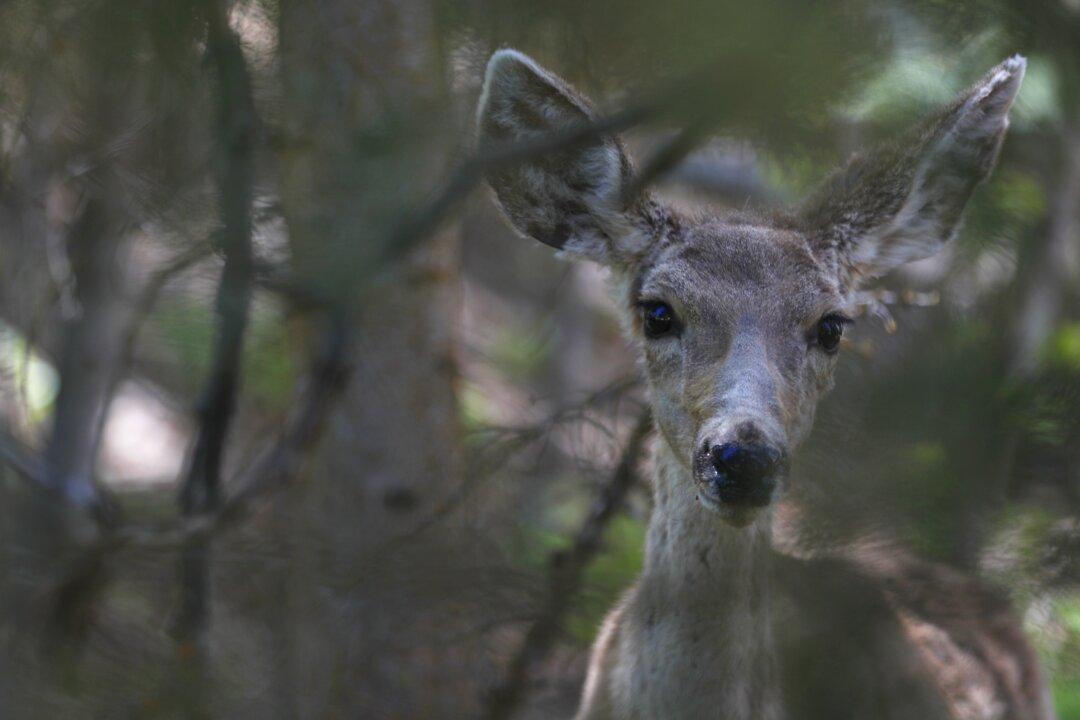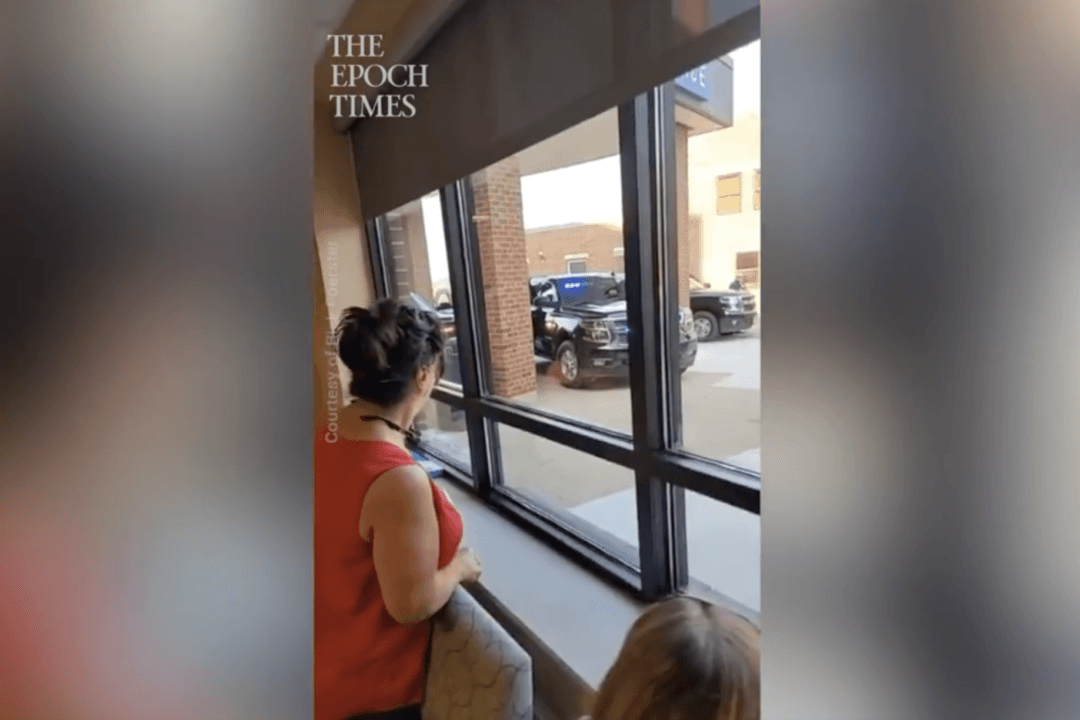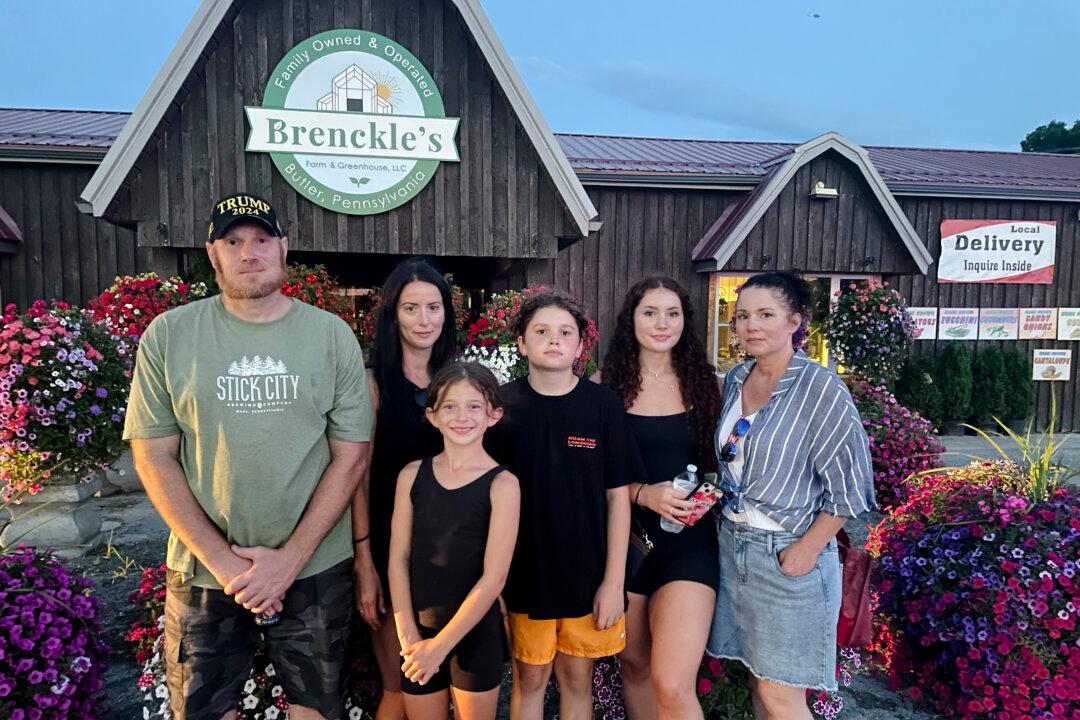During a Senate Environment and Public Works Committee hearing on Dec. 6, Sen. Thomas Carper (D-Del.) spoke numerous times about a road trip he took with his wife over Thanksgiving when they listened to a radio countdown of the best Beatles songs. But he also talked about the troubling sight of roadkill on the side of roads, including a deer.
“That still happens,” he said, and it underscores the importance of the committee’s work.





